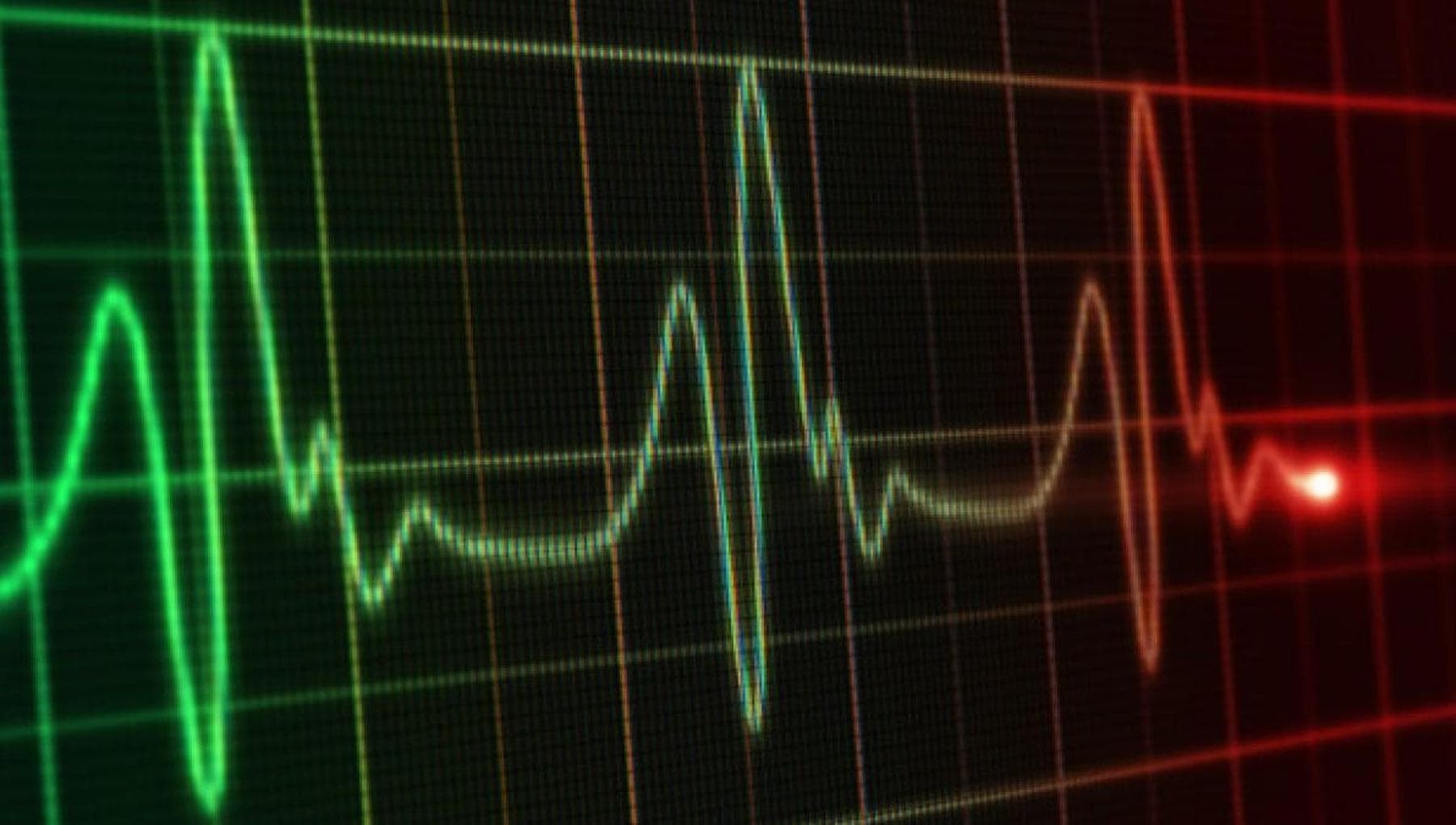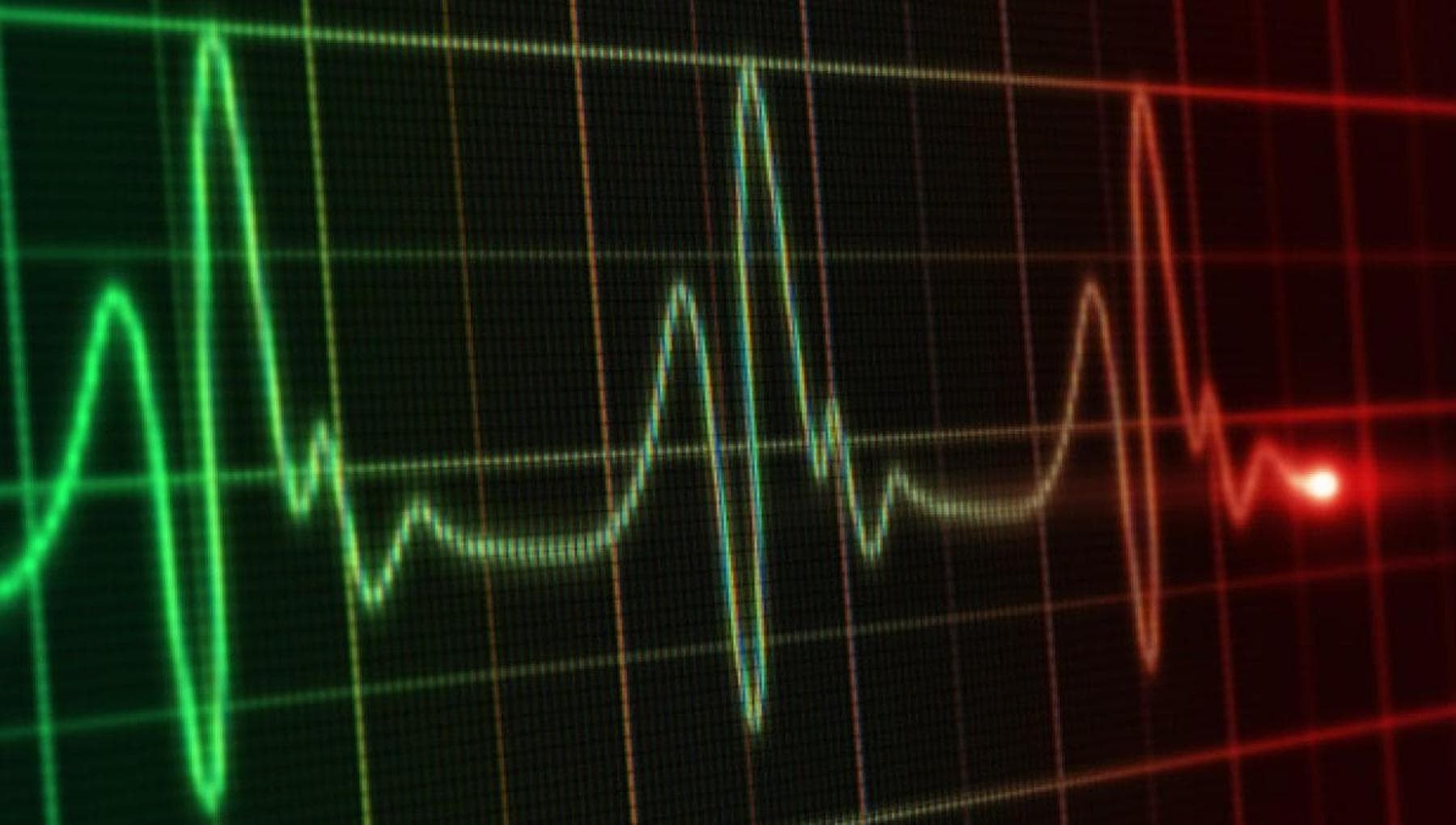Heart attack: Artificial Intelligence provides tailored treatments for the most complex cases.

Arriving early in the event of a heart attack is crucial. This is why, if symptoms are present, calling for help is the first step, without wasting time. Then, once at the hospital, the diagnosis is made. To discover that not all heart attacks are the same. Sometimes a coronary artery is completely blocked by a clot that blocks the flow of blood. On an electrocardiogram, this lesion is characterized by the acronym STEMI, which stands for ST-segment elevation in the waveform.
More frequently, however, we speak of a heart attack without elevation of this area of the tracing: in these cases (non-STEMI heart attack), the coronary artery is incompletely closed. And the specialist can usually observe the situation more calmly to decide what to do. Today, algorithms exist, such as the GRACE score, which can guide the treatment choice in these cases. But in the future, even more precision will be achieved, with targeted treatments tailored to each case, thanks to the implementation of the Artificial Intelligence pathway offered by GRACE 3.0. This algorithm, destined to become a real guide capable of controlling all the variables that come into play in an individual person with a non-STEMI heart attack, was presented in Lancet Digital Health by a team of scholars from different countries (first name Florian Wenzl, of the University of Zurich and honorary member of the University of Leicester, last name Thomas F. Lüscher , who conducts research at the Centre for Molecular Cardiology in Zurich and the Royal Brompton and Harefield hospitals in London).
What can the system say?The GRACE 3.0 score offers an AI-based risk assessment for patients with acute coronary syndromes. It predicts the likelihood of in-hospital and one-year mortality by analyzing nine widely available variables: age, gender, heart rate, systolic blood pressure, troponin level, ST-segment deviation, creatinine level, cardiac arrest, and heart failure symptoms. The data that “trains” the system comes from over 600,000 patients across six countries, allowing it to capture truly unique insights. What's more, GRACE 3.0 is gender-specific and personalized for patients with partial coronary artery obstruction, rather than being derived from analyses of subjects with complete coronary artery obstruction.
Towards tailor-made therapyThe GRACE 3.0 score allows physicians to better predict whether patients will benefit from early invasive treatment such as angioplasty (which involves opening the artery with a balloon and typically placing a stent). Compared to previous systems, this allows for much more precise initial patient management, focused on stabilizing the patient's condition and risk stratification. This represents a step beyond the GRACE score, allowing for further improvements in risk assessment and the timing of intracirculatory catheter treatment for these patients. All of this while respecting the differences between STEMI and N-STEMI.
Times and methods for each patient"Every year in Italy, approximately 100,000 people suffer an acute heart attack, and roughly half of them experience a non-ST-segment elevation heart attack, which we call a non-ST-segment elevation myocardial infarction (NSTEMI)," explains Giuseppe Musumeci , director of Cardiology at the Mauriziano Hospital in Turin. Diagnosis in these cases is more complicated than that of a classic heart attack or STEMI.
The reason? In these cases, it can be more difficult to determine intervention strategies and how best to intervene on a case-by-case basis. This is why an AI-based algorithm can be incredibly helpful. "It can help us decide on the timing of intervention, which often must be within 24-36 hours, but also, and above all, how and when to intervene and how to initiate drug therapy, especially antiplatelet drugs," the expert concludes. All of this, it must be said, with a piece of advice that should never be forgotten. It's crucial to convince people to immediately call 112 or 118 for emergency services as soon as they suspect a heart attack, because an ECG can be performed in the ambulance and thus determine whether a heart attack is occurring and what type, so they can proceed with the necessary treatment.
repubblica





